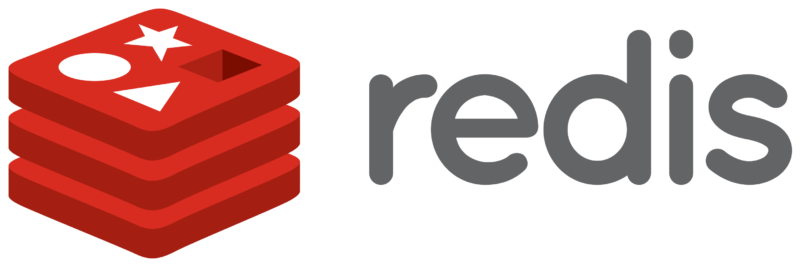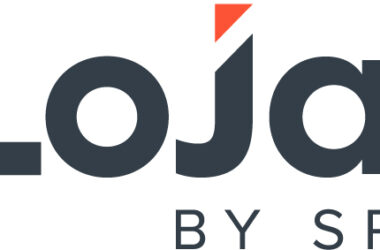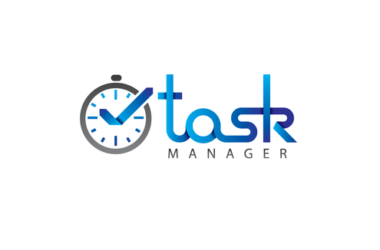In the fast-evolving landscape of data management, Redis has emerged as a powerful and versatile solution. However, as businesses grow and evolve, the need for Redis alternatives becomes increasingly apparent. In this article, we’ll delve into the features, limitations, and distinctive qualities of Redis and explore ten formidable alternatives that can meet your data management needs.
Understanding Redis: Features and Limitations
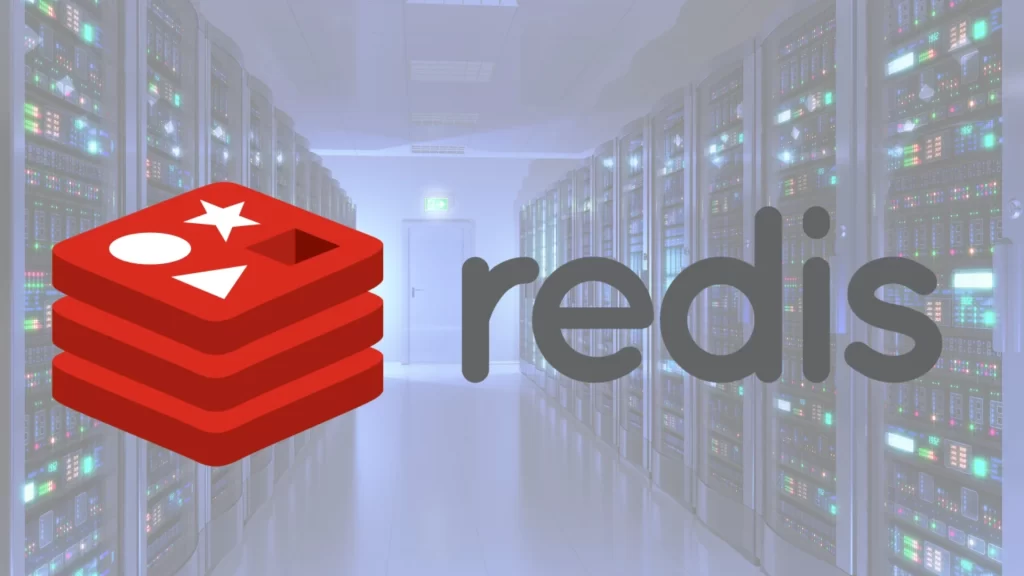
Features of Redis
- In-Memory Storage: Redis is renowned for its ability to store and retrieve data entirely in RAM, allowing for lightning-fast access times.
- Versatile Data Structures: It supports various data structures, including strings, hashes, lists, sets, and more. This versatility makes it suitable for a wide range of use cases.
- High-Performance Caching: Redis excels as a caching solution, reducing the need to query databases repeatedly and significantly improving application performance.
- Pub/Sub Messaging System: The built-in Publish/Subscribe messaging system facilitates real-time communication between different parts of an application or even between different applications.
- Lua Scripting Support: Redis supports Lua scripting, enabling users to execute complex operations directly on the server, adding a layer of flexibility to application logic.
Limitations of Redis
- Limited Storage Capacity: Due to its reliance on RAM, Redis may face limitations in handling large datasets, potentially leading to increased costs as more memory is required.
- Lack of Complex Query Support: Redis is primarily a key-value store and lacks built-in support for complex queries. This can be a limitation for applications requiring advanced querying capabilities.
- No Native Transactions: While Redis supports atomic operations, it lacks full ACID (Atomicity, Consistency, Isolation, Durability) transactions, making it less suitable for scenarios that demand strict transactional control.
- Persistence Complexity: Achieving persistence in Redis requires configuring snapshots or using an append-only file, introducing complexity compared to databases with native persistence features.
What Sets Redis Apart?
Redis stands out for its simplicity, speed, and versatility. Its ability to handle high-throughput, low-latency scenarios makes it a preferred choice for caching and real-time analytics in various applications.
Why Look for a Redis Alternative?

1. Cost Considerations and Scalability Challenges
As businesses scale, the costs associated with Redis, particularly its reliance on expensive RAM, may become prohibitive. Exploring Redis alternatives can unveil solutions that offer a balance between performance and cost efficiency.
2. Specific Use Case Requirements
Certain use cases demand functionalities beyond the scope of Redis. For example, applications requiring complex queries or strict transactional control might find alternative databases better suited to their specific needs.
3. Diverse Data Handling Requirements
While Redis excels in certain data structures, applications with diverse data handling requirements, such as complex relationships and document-oriented storage, may benefit from considering Redis alternatives that offer specialized support.
4. Evolving Technological Landscape
As the technological landscape evolves, new databases and data management solutions emerge. Exploring alternatives ensures that your applications stay aligned with the latest advancements, potentially unlocking new features and performance enhancements.
Commonly Used Redis Alternatives For Data Management
In the dynamic world of data management, various Redis alternatives cater to diverse needs. Let’s explore ten formidable options, each bringing its unique strengths to the table.
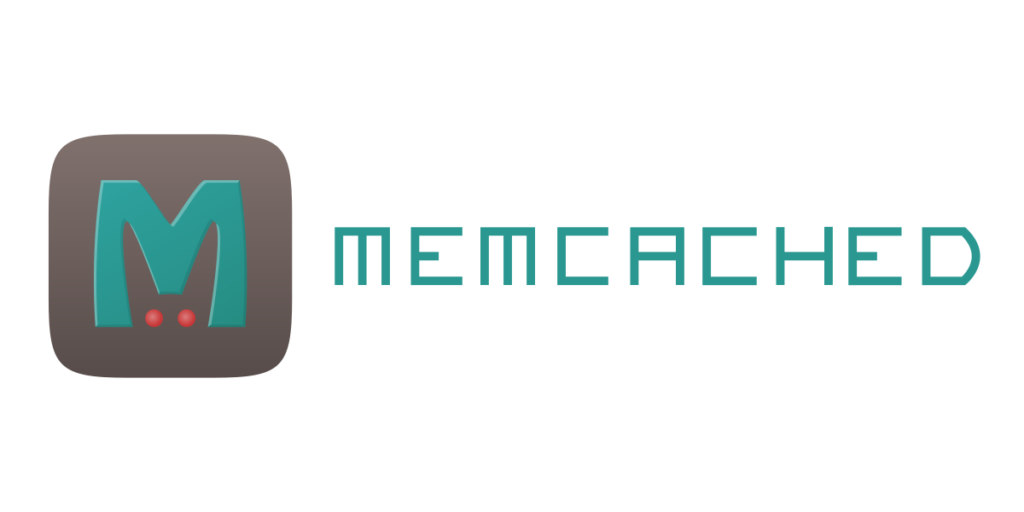
1. Memcached: Powering Distributed Caching
Memcached stands as a stalwart in the realm of distributed memory caching systems. Its fundamental focus on seamless key-value storage and retrieval positions it as a go-to solution for enhancing application performance. By reducing the load on databases through efficient caching mechanisms, Memcached ensures that applications can handle increasing user demands without compromising speed.
2. MongoDB: NoSQL Brilliance for Document-Oriented Data
MongoDB, a powerhouse in the NoSQL arena, provides a compelling Redis alternative. With its flexible schema and support for document-oriented data storage, MongoDB is well-suited for applications that demand structured and scalable document storage. Its robust features enable developers to design and implement sophisticated data models while ensuring seamless scalability as data volumes grow.
3. Apache Kafka: Streaming Data Excellence
While not a direct replacement for Redis, Apache Kafka excels in handling large volumes of streaming data. Its robust message queuing capabilities make it an ideal choice for scenarios where real-time data processing is paramount. Kafka’s distributed architecture ensures high throughput and fault tolerance, making it a versatile solution for applications that require efficient stream processing and reliable data transportation.
4. Amazon DynamoDB: Scalable NoSQL Mastery
In the realm of managed NoSQL databases, Amazon DynamoDB emerges as a powerhouse. Engineered for scalability and low-latency access, DynamoDB caters to applications demanding high availability and seamless scaling as the data load grows. With its managed infrastructure, DynamoDB alleviates operational burdens, allowing developers to focus on crafting efficient and scalable data solutions.
5. Couchbase: NoSQL Flexibility with Caching Prowess
Couchbase seamlessly combines NoSQL capabilities with efficient caching features, offering a holistic solution for diverse data management needs. For applications requiring a flexible data model and high-performance caching, Couchbase stands out as a reliable Redis alternative. Its ability to handle complex data structures makes it suitable for scenarios where versatile data storage and retrieval are essential.
6. Riak: Fault-Tolerant Distributed NoSQL
In the landscape of distributed NoSQL databases, Riak shines as a beacon of fault tolerance. Its architecture ensures data availability and reliability, making it an optimal choice for applications where system failures are not an option. Riak’s distributed nature, coupled with its fault-tolerant design, positions it as a robust alternative for scenarios where data integrity and system resilience are top priorities.
7. Hazelcast: In-Memory Data Grid Brilliance
Hazelcast, an in-memory data grid, adds a layer of brilliance to data management by providing distributed caching and in-memory storage. Its architecture enhances application performance by facilitating fast access to frequently used data. Hazelcast’s grid-based approach ensures that data is readily available, making it a valuable Redis alternative for applications requiring low-latency data access and distributed caching capabilities.
8. Elasticsearch: Real-Time Indexing and Searching
While not designed as a direct Redis replacement, Elasticsearch excels in real-time data indexing and searching. As a robust search and analytics engine, Elasticsearch is a preferred choice for applications demanding swift and efficient search capabilities. Its ability to handle large volumes of data and provide real-time insights positions it as a valuable alternative in scenarios where search functionality is critical.
9. SQLite: Lightweight Embedded Database
SQLite, a self-contained and serverless database engine, offers a lightweight Redis alternative for specific use cases. Ideal for embedded systems or applications with moderate data volumes, SQLite provides simplicity and ease of use. Its minimalistic footprint and efficiency make it a pragmatic choice for scenarios where a lightweight yet capable database solution is required.
10. Cassandra: Highly Scalable NoSQL
Cassandra, a highly scalable and distributed NoSQL database, emerges as a powerhouse for handling large datasets across multiple servers. Designed to meet demanding scalability needs, Cassandra ensures robust data management in scenarios where data volumes are expected to grow exponentially. Its decentralized architecture and fault-tolerant design make it a reliable Redis alternative for applications with high scalability requirements.
Factors To Consider While Choosing The Perfect “Redis Alternative”

In the intricate process of selecting the ideal Redis alternative, it’s essential to delve into various factors to ensure a seamless transition and optimal performance. Let’s explore these critical considerations in depth:
1. Scalability: Matching Your Growth Trajectory
When contemplating a Redis alternative, one pivotal factor is scalability. Consider not only your current data volumes but also anticipate future growth. A solution that seamlessly scales with your business ensures longevity and minimizes the need for frequent migrations. Assess the database’s ability to handle increasing data loads without compromising performance, safeguarding against bottlenecks during periods of expansion.
As your user base grows and the demand for data increases, a scalable alternative guarantees that your applications can handle the heightened traffic without sacrificing responsiveness. Ensure that the chosen database aligns with your business’s growth trajectory and can adapt to evolving requirements over time.
2. Data Model Flexibility: Tailoring to Your Needs
The diversity of applications necessitates a flexible data model. Redis alternatives vary in their support for different data structures and models. Consider the intricacies of your data requirements, whether they involve complex relationships, hierarchical structures, or a schema-less approach.
In scenarios where your application demands a structured data model with relationships between entities, opt for an alternative that aligns with these requirements. Conversely, if flexibility is paramount and a NoSQL, schema-less approach suits your needs, prioritize alternatives that offer a wide range of data modeling options. Understanding your data intricacies ensures a harmonious fit between the chosen alternative and your application’s unique demands.
3. Cost Considerations: Balancing Budget and Performance
Cost-effectiveness is a critical aspect of any technology decision. While performance is paramount, it’s essential to evaluate the total cost of ownership (TCO) associated with a Redis alternative. Consider not only the initial setup costs but also ongoing expenses, including infrastructure, maintenance, and licensing.
Balancing budgetary constraints with performance expectations is crucial. A cost-effective alternative that meets your performance benchmarks ensures that your investment yields maximum value. By carefully weighing the TCO against performance metrics, you can make informed decisions that align with both your financial constraints and application requirements.
4. Fault Tolerance: Safeguarding Against Failures
For mission-critical applications, fault tolerance is non-negotiable. Assess the fault-tolerance mechanisms of potential Redis alternatives to ensure data availability even in the face of system failures. Evaluate features such as replication, sharding, and recovery processes to guarantee uninterrupted service and data integrity.
In a landscape where downtime can have severe consequences, opting for an alternative with robust fault-tolerance mechanisms safeguards your applications against unexpected disruptions. Prioritize databases that offer automated failover, data redundancy, and rapid recovery to minimize the impact of system failures on your business operations.
5. Community and Support: A Strong Backbone
The strength of the community surrounding a Redis alternative can significantly impact your experience as a user. A vibrant and active community often translates to ongoing development, timely bug fixes, and a wealth of resources for troubleshooting and optimization.
Consider the community support and available documentation for each alternative under consideration. An engaged community enhances the likelihood of quick issue resolution, provides a valuable knowledge base, and fosters a collaborative environment. Prioritize alternatives backed by a strong community and reliable support channels to ensure a smooth and well-supported transition.
Conclusion
In the dynamic realm of data management, choosing the right solution is paramount. While Redis stands as a stalwart, exploring alternatives tailored to your specific needs can unlock new possibilities. By understanding the features, limitations, and distinctive qualities of Redis and its alternatives, you can make informed decisions that drive the efficiency and success of your applications.




